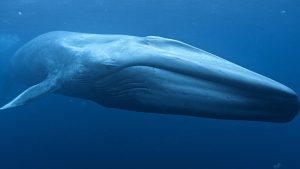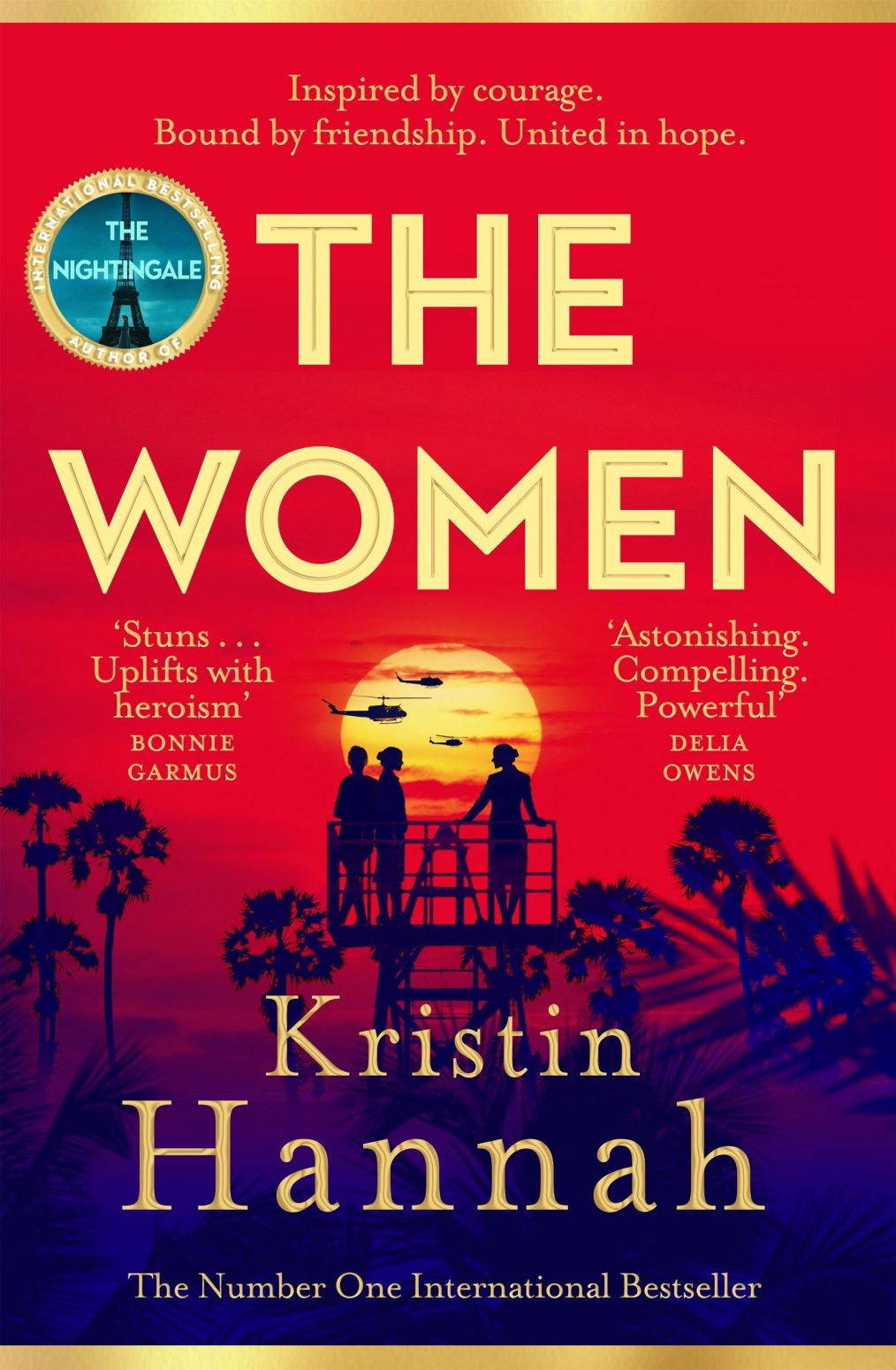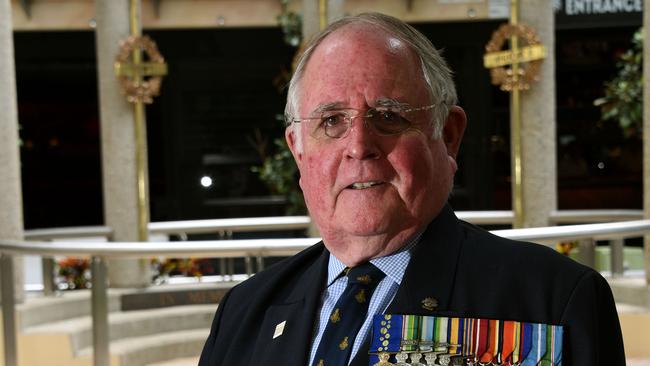Andrew Bolt Herald Sun March 6, 2024
Ha!, scoffed Chris Bowen last year. Don’t worry about whales being hurt by the massive offshore wind farms he wants built along our coast. “Whales are smart animals,” he smirked. “They can navigate around oil rigs, gas rigs, cargo ships, cruise ships, offshore wind turbines.”
Now fast-forward to this week – Wednesday morning – when Bowen, our manic Climate Change and Energy Minister, sneaked out a press statement announcing his latest whoopsie.
Good heavens, he’s just slashed the size of his planned offshore wind farm zone off western Victoria by 80 per cent. Turns out the whales are a real worry, after all.
Yes, it’s yet another clown show from the Albanese government’s most dangerous minister, whose green energy revolution is blowing up in our faces.
What’s more, his backflip also proves Bowen is a smart alec and planet wrecker with no idea what he’s doing from one day to the next.
Bowen’s announcement on Wednesday is just the latest evidence that just about every renewable energy project he touches is late, scaled back, behind schedule or wildly over budget.
He’s way behind in rolling out the wind and solar farms he needs, he’s way behind in building the 28,000km of transmission lines to hook them all up, his Snowy 2.0 scheme to store green power is years late and 10 times over budget; mega transmission projects are double the price or more.
In short, Bowen is driving coal-fired power stations out of business, without replacing them with enough green energy at a price we can afford.
Worse, what’s being built already is as popular as leprosy. Farmers are revolting against the massive transmission lines being built over their farms; locals are horrified to see their bucolic landscape dominated by industrial wind towers a quarter of a kilometre tall; beachside residents are furious to have their sea views ruined by monstrous wind turbines.
And think: for every wind tower you already see wrecking the view, Bowen plans nine more.
How mad is this? Bowen is ruining the countryside to pretend to save the planet, with plans that will make us pay more for less reliable electricity.
But there’s something else about Wednesday’s announcement that confirms Bowen is a zealot who’ll say almost anything – not matter how false or uninformed – to get to his Jerusalem.
Take this line in his media statement, hinting at why he’s now cut his planned wind farm zone to ribbons: “The final area is 1030 km2 – one fifth of the originally proposed zone …. The declared area works around the Bonney Upwelling, Deen Maar Island and shipping routes …”
 You might have yawned over that bland passage, but that’s because you missed the hidden message: Bowen now admits that his wind farms are indeed a potential menace to whales – exactly what he laughed off last year.
You might have yawned over that bland passage, but that’s because you missed the hidden message: Bowen now admits that his wind farms are indeed a potential menace to whales – exactly what he laughed off last year.
The Bonney Upwelling is famous as a feeding site for blue whales, which is one reason the South Australian Labor government told Bowen last year to pull his head in and cut back his mega-wind zone.
“Concerns are held for the proposal’s impact on biodiversity, ecosystems, and impact on a wide range of wildlife, including pygmy blue whale, southern right whale, white shark, Australasian gannet, wedge-tailed shearwater and several species of albatross,” it warned.
“The zone’s proximity to our marine parks and the Bonney Upwelling is also of significant concern.”
Yet what’s remarkable is that last year the ABC and some green groups were helping Bowen to mock and dismiss people warning of just this – that offshore wind projects might harm whales.
The ABC’s Media Watch, for instance, attacked Opposition Leader Peter Dutton for saying there was “no environmental consideration of what these huge wind turbines – 260, 280m out of the water – will mean for that wildlife and for the environment”.
It also criticised me, along with a “pod of hosts” on Sky News, for reporting that a new documentary, Thrown to the Wind, claimed that the many new offshore wind farms off America’s eastern coast were blamed for an increase in whale deaths.
Media Watch host Paul Barry scoffed: there was “no evidence – according to the experts – that surveying and building offshore wind farms is causing whales to die”.
Yet Chris Bowen is now forced to junk 80 per cent of his planned wind farm in the southern ocean for exactly that and related reasons.
Get the idea these guys are just making things up as they go along, with no real plan, no real reason and no real hope?












